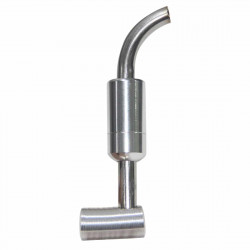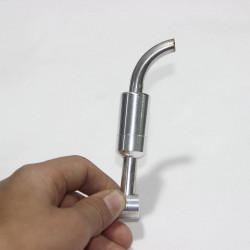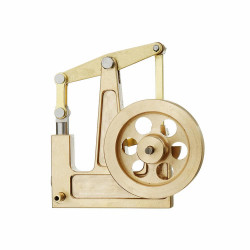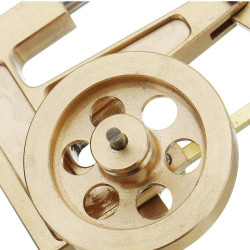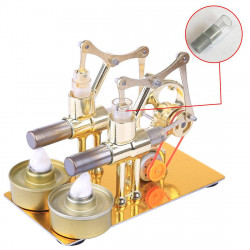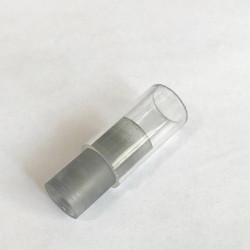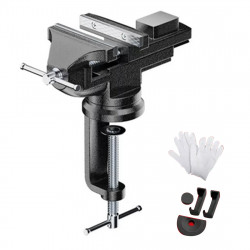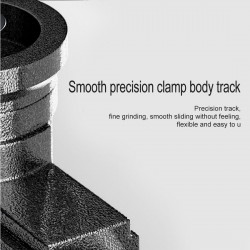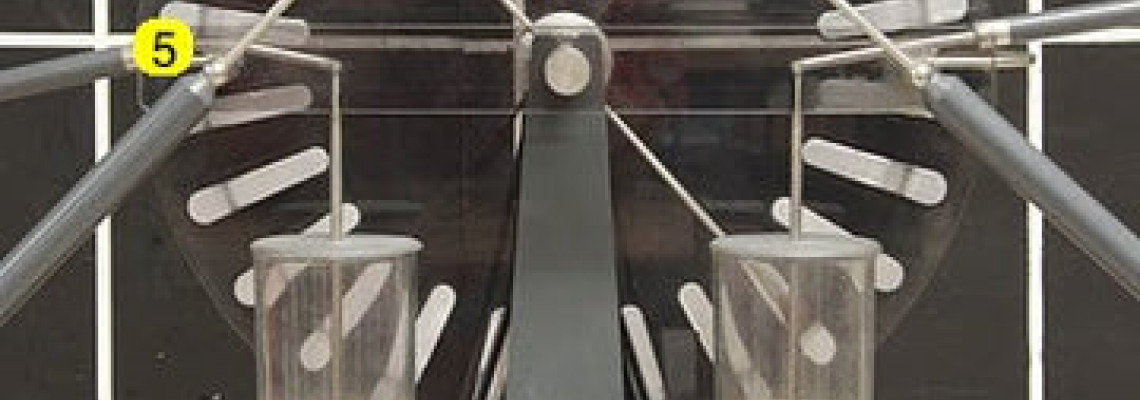
Wimshurst Machine - How does it work?
What's Wimshurst Machine?
British inventor James Wimshurst (1832–1903) created the Wimshurst influence machine, an electrostatic generator that produces high voltages, between 1880 and 1883. Such a machine might readily produce a potential differential of fifty or sixty thousand volts.
The Wimshurst machine uses electrostatic induction to generate sparks.
How does Wimshurst Machine work?
One of the conducting plates of the Wimshurst machine is initially lightly charged. The disks will not be utterly neutral because this charge typically originates from the surroundings. This machine requires a charge to induce a charge; hence, it would not function if there was never a charge. Either a positive or negative charge could be present. To keep things simple, we'll assume that the plate has a positive charge.
The double-ended brush on the other disk will receive a positive charge as the wheel rotates. When it lines up with this brush, the conducting plate on the opposite disk creates a negative charge, which shows up on the plate at the other end of the brush.
The initial positive charge will be stored in the Leyden jar capacitor after it reaches the collecting combs on one side of the disks as they continue to spin. The other disk's positive and negative charges, meanwhile, will be turning in the opposite direction. They will cause the conducting plates across from them to become positively and negatively charged when they align with the double-ended brush on the other disk.
As the other charges arrive at the collecting combs and are stored, those fresh charges will spin until they line up with the other double-ended brush, creating further charges. As the cycle progresses, an increasing number of charges are generated, stored, and finally released as a spark! The cycle then repeats itself.
These "influence" or "induction" machines, as they were sometimes called, were far more dependable than earlier electrical machines. As a result, the Wimshurst machine gained popularity in laboratories for electrical experiments in the late 19th and early 20th centuries. Because of the high voltages they could produce, they were also used in early X-ray experiments.
Operation Procedure:
1. Turn the Wimshurst Machine's handle.
2. Make sure there are a few centimetres between the electrodes.
3. Take note of the sparks!
